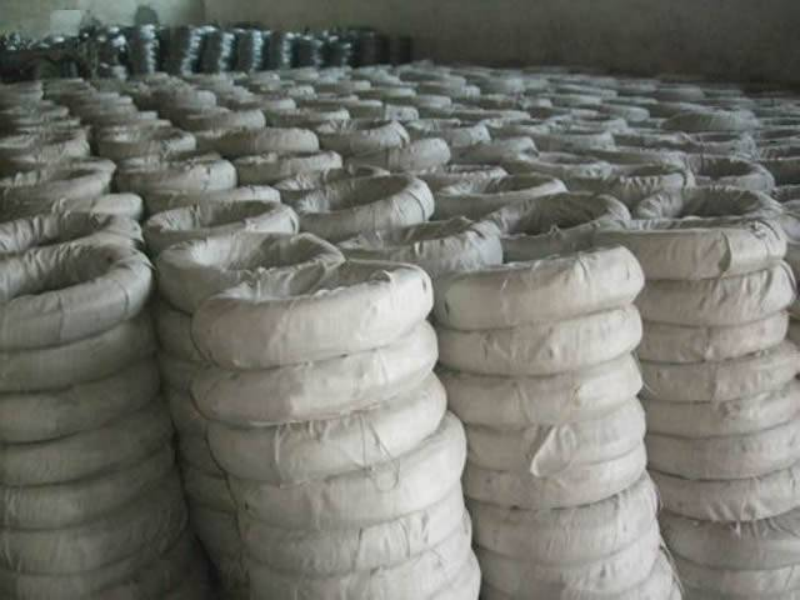
- Mobile Phone
- +8613931874955
- sales@cntcmetal.com
Hot Dip Galvanized Wire for Various Applications and Durable Solutions
Understanding Hot Dip Galvanized (HDG) Wire Benefits, Applications, and Processes
Hot dip galvanized (HDG) wire is a crucial material in numerous industries, particularly known for its durability and corrosion resistance. Galvanization is a process that coats steel or iron with a layer of zinc to protect the underlying metal from rust and degradation. This method significantly enhances the material's lifespan and is widely used in construction, agriculture, and manufacturing sectors.
The Hot Dip Galvanizing Process
The hot dip galvanizing process involves several key steps. First, the metal parts are cleaned through a series of treatments to remove any surface contaminants such as rust, grease, or oxide layers. This cleaning is critical as it ensures a strong bond between the zinc and the steel during the galvanization process.
Once the surface is prepared, the metal is immersed in a bath of molten zinc at temperatures typically around 450 degrees Celsius (842 degrees Fahrenheit). The zinc reacts with the iron in the steel to form a series of zinc-iron alloy layers that provide robust protection against corrosion. Finally, the galvanized product is allowed to cool and solidify, resulting in metal wire that exhibits a spangled appearance, a signature of high-quality galvanization.
Advantages of Hot Dip Galvanized Wire
1. Corrosion Resistance The most significant advantage of HDG wire is its excellent resistance to rust and corrosion. The zinc coating acts as a barrier, preventing moisture and corrosive substances from reaching the steel underneath. This makes HDG wire ideal for outdoor applications and harsh environments.
2. Longevity Structures and products made from HDG wire often have a longer lifespan compared to their non-galvanized counterparts. The protective layer of zinc means that HDG wire can last several decades even when exposed to the elements.
3. Cost-Effective While the initial cost of hot dip galvanizing may be higher than alternative methods, its long-term durability leads to reduced maintenance and replacement costs. This makes HDG wire a cost-effective option in the long run.
hot dip gi wire

4. Versatility HDG wire is used in a wide range of applications, from fencing and barbed wire in agriculture to reinforcing concrete in construction. Its versatility makes it a valuable material across various industries.
5. Sustainability Galvanized wire is also a more sustainable choice since it can be recycled at the end of its life cycle. The zinc coating is also less harmful to the environment compared to paint or other chemical coatings.
Applications of Hot Dip Galvanized Wire
HDG wire is widely employed in numerous scenarios
- Agricultural Fencing Farmers use HDG wire for fencing livestock and crops, as its longevity ensures minimal replacements over time. - Construction Reinforcement It is also used in construction projects, such as reinforcing concrete and providing structural support.
- Manufacturing Industries utilize HDG wire for producing various products, including wire ropes, chain link fences, and other structural components.
- Transport and Cargo HDG wire is often used in the transportation sector for securing cargo and reinforcing materials to withstand load pressures.
Conclusion
In summary, hot dip galvanized wire is an essential material characterized by its durability, corrosion resistance, and cost-effectiveness. The galvanization process not only enhances the wire's mechanical properties but also ensures its reliability over an extended period. As industries continue to demand materials that offer both performance and sustainability, HDG wire stands out as a prime choice. Its diverse applications in agriculture, construction, and manufacturing underline its importance and versatility, making it an indispensable element in modern infrastructure and product development. Whether for securing livestock, reinforcing structures, or securing cargo, the benefits of hot dip galvanized wire are undeniable, securing its place in various sectors worldwide.
share:
-
Yard Sign Stakes: Reliable Guardians of Outdoor SignsNewsAug.04,2025
-
Wall Ties: Invisible Guardians of Building StabilityNewsAug.04,2025
-
Resilient Web: The Super Guardian Power of Concrete MeshNewsAug.04,2025
-
Masonry Accessories: A versatile assistant on building foundationsNewsAug.04,2025
-
Iron Binding Wire: the 'invisible reinforcement specialist' in the fields of architecture and industryNewsAug.04,2025
-
Dynamic Spring: The diverse functions and excellent performance of Wire Tension SpringNewsAug.04,2025
-
Your Source for Concrete Wall Ties and Masonry AccessoriesNewsJul.10,2025



















